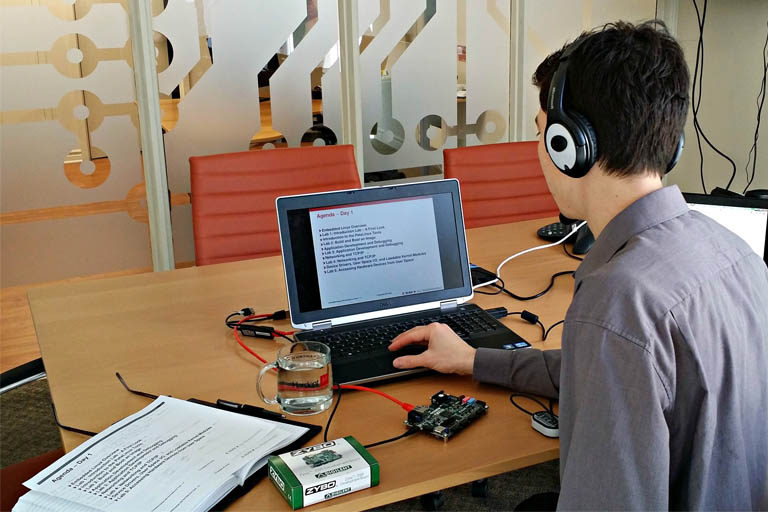
By definition, embedded software is programming written to control a device that most people don’t think of as a computer. You can find this type of technology almost everywhere now, from the toaster on your counter-top in your kitchen to the car in your driveway and the complex weaponry of the military. Embedded software programming can be simple or complex, just like the equipment where it’s found.
Because the software is built into the machine at the time of production, it’s written specific to the equipment it will operate. That means that the embedded software in your refrigerator is completely different from that in your child’s toy car. Therefore, companies need people on staff who can write these programs for the particular products they sell.
Embedded software also captures the imagination of hobbyists who just want to know how things work. Teachers and parents are finding ways to use this technology to teach students about the world around them and all the unexpected places in which you find computers. As the uses expand, the demand grows, and more people are interested in learning how to write code like this. The end result is that online opportunities to learn about embedded software abound for professionals and amateurs alike.
As a result of this new interest, embedded software is a field on fire with opportunities for those who are willing to learn. If you’re looking to gain entry into this exploding industry, either as a hobby or a career, you’ll need some specialized training. The good news is that you can find high quality learning opportunities online without spending a fortune if you know what to look for and how to decide what’s right for you.
How We Chose Our Ratings
We want to be sure we present you with a complete, honest, and accurate look at the embedded software courses available to you. In compiling our ratings, we took into account the reviews and testimonials of students who actually took the classes themselves. We also compared the material covered, the reputation of the school or learning institution, materials required, and any prerequisites for enrolling. With all of this under advisement, we believe we’ve reached our goal of providing you with a range of options that you can feel confident about as you begin your search for online classes on embedded software.
Top 7 Best Embedded Software Courses Available Online
Topics Covered
Prerequisites
Schedule
Materials Used
Target Audience
By the end of the course
Rating
Topics Covered
Prerequisites
Schedule
Materials Used
Target Audience
By the end of the course
Topics Covered
Topics Covered
Prerequisites
Schedule
Materials Used
Target Audience
By the end of the course
Rating
Topics Covered
Prerequisites
Schedule
Materials Used
Target Audience
By the end of the course
Content Toggle Headline
Topics Covered
Prerequisites
Schedule
Materials Used
Target Audience
By the end of the course
Content Toggle Headline
Buyer’s Guide
Choosing the best training is a matter of knowing what you want to get out of the class. Learners are usually looking for one of two types of experiences. The first group is people who want to know how to create software that controls something else, either as a hobby or as a professional pursuit. The second type of student is looking to learn how things already in existence work. He or she wants to understand the “brains” of a device or a piece of equipment, either to satisfy personal curiosity or to improve on work projects.
If you want to make your own software to control another piece of equipment or process, you can probably get what you need from a course designed for the hobbyist. These classes have very few, if any, prerequisites, and they don’t require much in the way of equipment. You should also look into online forums and communities for those who share your interest at this level. So much learning can come from sharing ideas and experiences with these like-minded individuals.
If you are someone who wants to learn how the existing technology works in everyday products, then you’re looking for a more in-depth understanding. You probably work in information systems or a related field and want to expand your knowledge of embedded software. In that case, you want to make sure you have a few basics covered. Here are four tips to prepare you for your online course in embedded software:
- Learn C as a primary language. It’s necessary to understand and create most forms of embedded software.
- Do some reading to brush up on your working knowledge of basic consumer electronics. Learning embedded software comes much easier if you understand the principles behind current, resistance, voltage, and similar concepts.
- Make sure you have the basic tools you’re going to need. At minimum, you want to have on hand a logic analyzer, a digital multimeter (DMM), a soldering iron, and a hardware debugger. You’ll find many different versions of these pieces on the market, so do your research and find the one that best fits your budget and your needs.
- A logic analyzer is used to help you see and understand the relationships between the signals in a particular system. This function is very helpful for students, especially those who are new to embedded software.
- A digital multi meter measures electrical terms like current and voltage. This tool has been a staple for engineers of all kinds for years.
- A soldering iron for joining pieces of your project together in a way that allows electricity to still flow through them.
- A hardware debugger can reprogram a system for testing purposes.
- Gather some basic software. Start with a micro controller, and then get a compiler that works with it. You may be able to find everything you need in one package if you purchase an STM discovery kit.
- A micro controller is the type of circuit typically used to control a specific operation. Many courses require this equipment so you have something to work on for more interactive learning.
- A compiler converts the instructions that you give it into a language that the computer can understand.
Concluding Remarks
Once you have everything you need to embark on your learning adventure, seek out a class that matches your level of knowledge and experience. Introductory classes start with the simplest concepts and help you understand just what an embedded system is. If you’re past that level already, you can find more advanced options. Students who are seeking credentials or certifications should read carefully to determine if these are part of the course being considered. Often, you’ll find those classes associated with brick-and-mortar universities or recognized entities within each industry, like automotive or consumer electronics.
Embedded software is a wide open and growing field as more and more products in our daily lives become automated. Whether you’re looking to make it a career or you’re a hobbyist making robots to entertain your children, you can find classes online to help you expand your knowledge. These are some of the best options to help you get started.
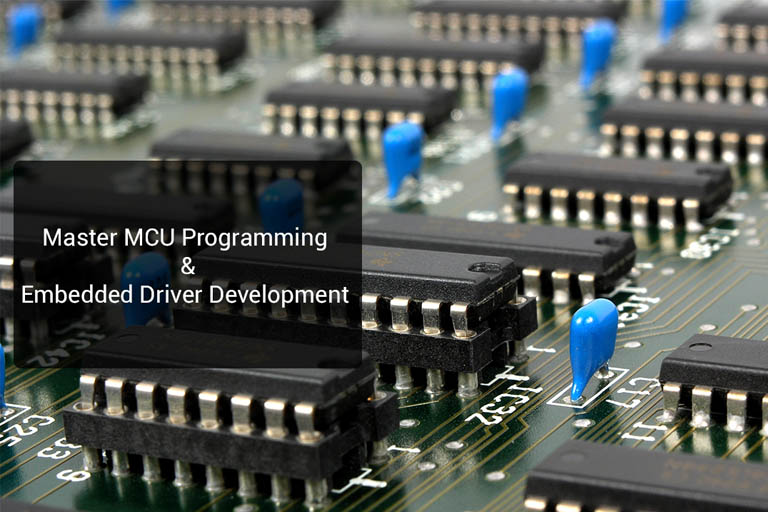
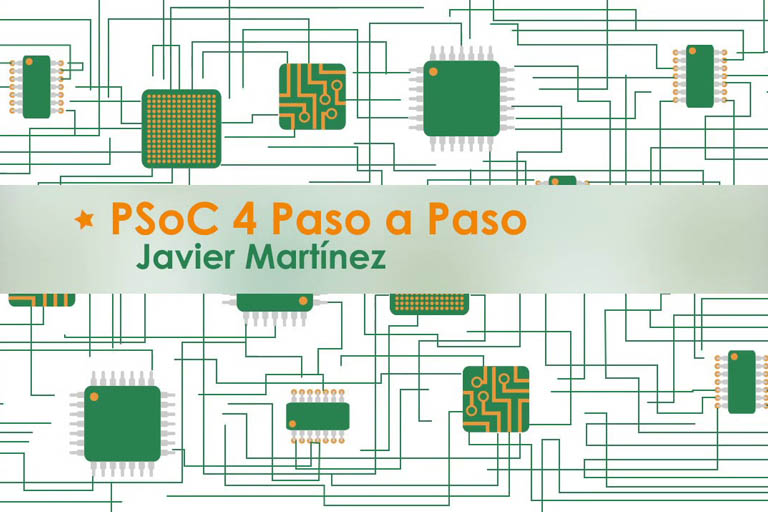
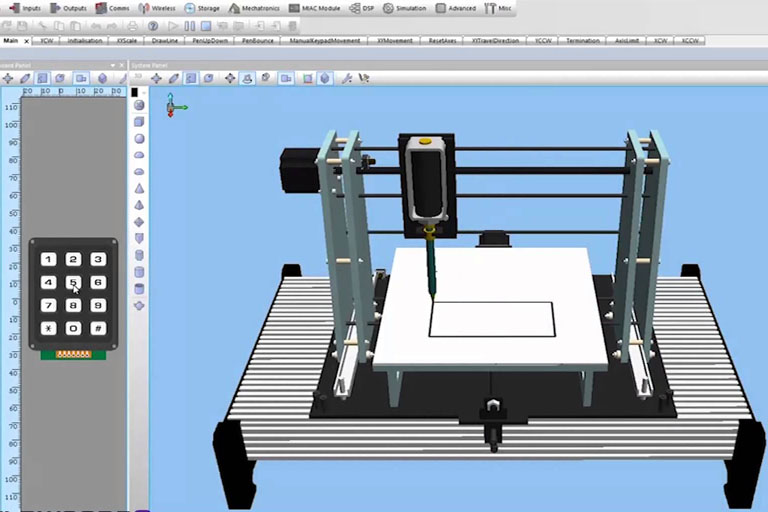
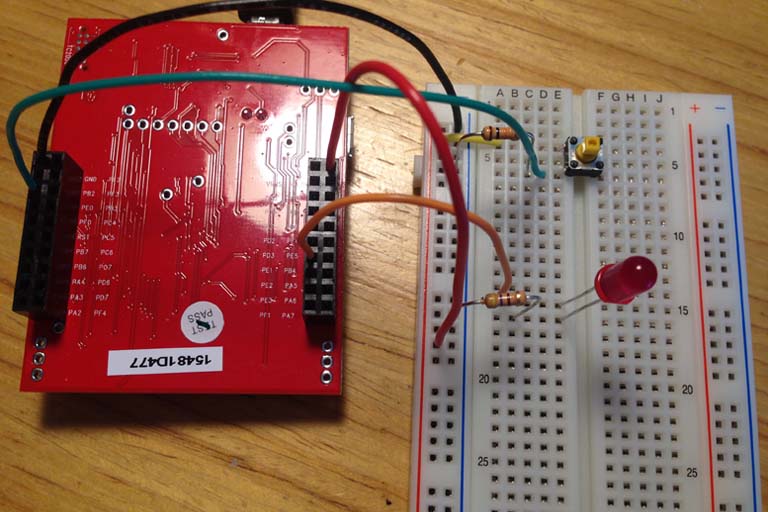
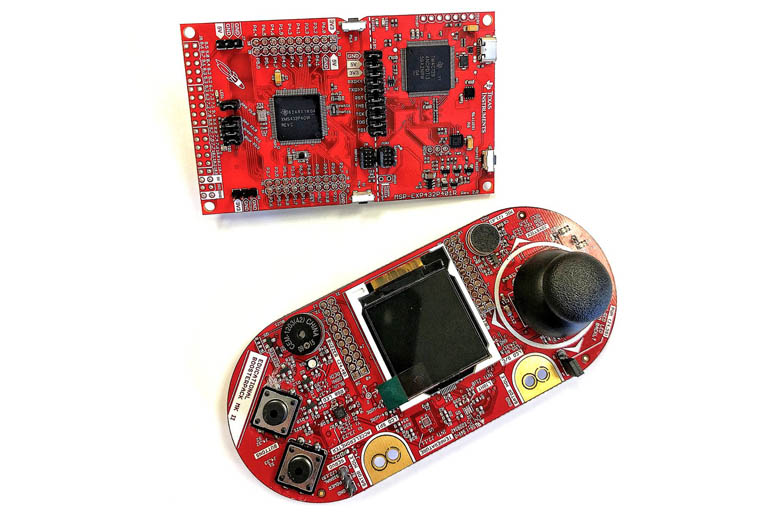
 Follow
Follow
Leave a Reply